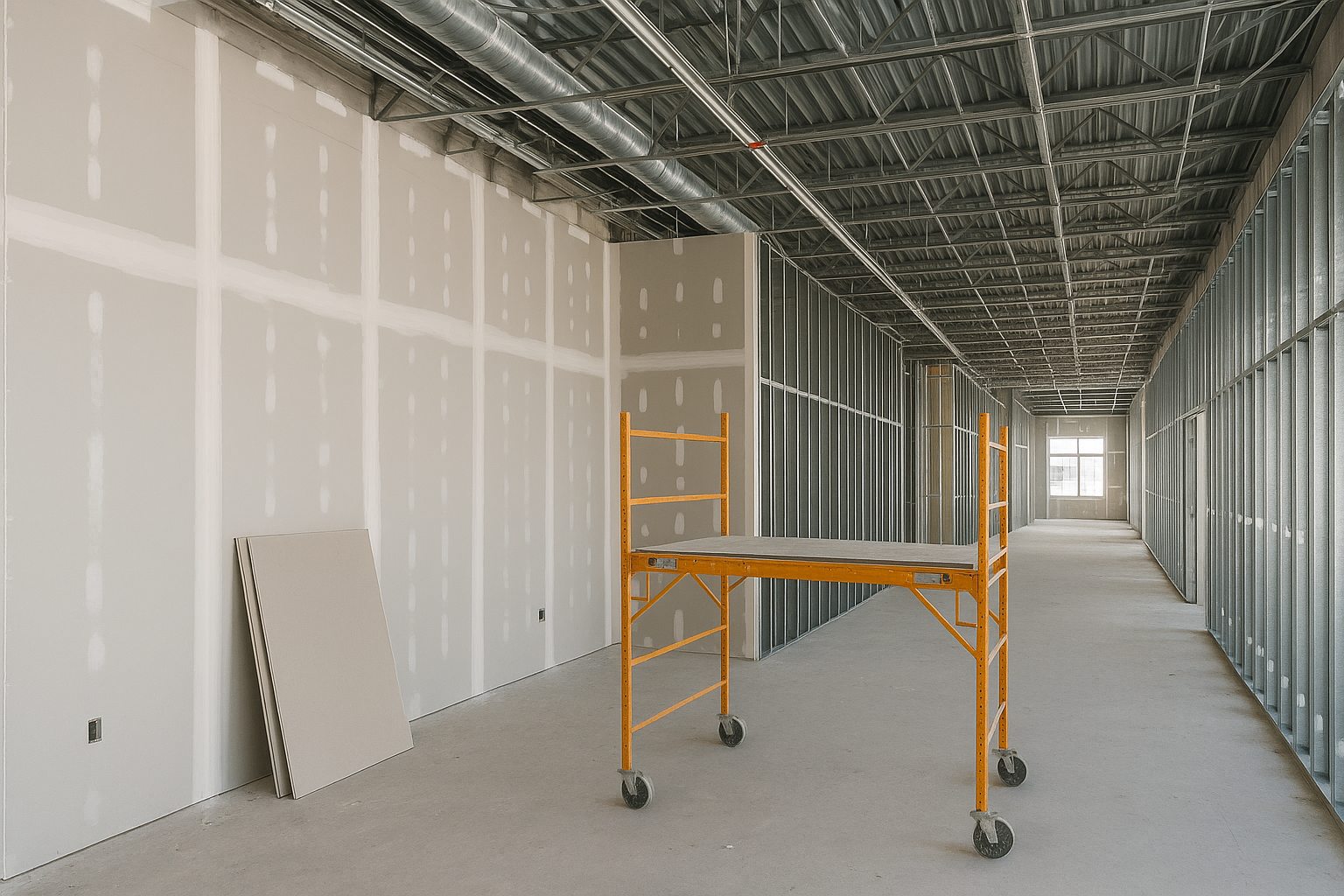
Labor fatigue is a hidden but impactful variable in drywall installation—one that rarely shows up in spreadsheets yet consistently affects timelines, quality, and costs. As architects, engineers, and general contractors aim for precision in their project delivery, accounting for human performance, especially in labor-intensive trades like drywall, becomes critical. Fatigue isn’t just about long hours—it’s about sustained productivity, safety, and cost predictability across a project’s lifecycle.
Drywall installation is physically demanding. Installers often work in awkward postures, lift heavy materials, and repeat the same motions for hours. Over time, even skilled crews begin to slow down, make errors, or require more frequent breaks. This decline in performance isn't linear—and if it's not built into your estimate, your project is at risk of cost overruns and scheduling conflicts.
Many estimating systems rely on ideal labor production rates—measured in square feet per hour—with no adjustments for physical degradation over time. These estimates assume that each hour of work is equally efficient, which simply isn’t the case on active job sites with long shifts, back-to-back days, or extreme environmental conditions.
Modern estimation frameworks allow for the inclusion of performance degradation curves, shift-based modeling, and crew behavior tracking. With platforms like Active Estimating, project teams can integrate historical labor data and adjust estimates dynamically as conditions evolve.
To better account for fatigue in drywall work:
Ignoring fatigue leads to more than just cost overruns. It impacts morale, increases turnover, and damages trade partner relationships. When crews are consistently pushed beyond their productive capacity, it affects long-term workforce performance. Accurately forecasting labor needs—and communicating those expectations transparently—builds credibility and safety across teams.
For drywall contractors, the right drywall estimating software isn’t just about counting boards or calculating square footage. It’s about understanding how real people do real work—and building that insight into every bid.
As jobsite complexity increases and margin pressure grows, precise estimation is your edge. By accounting for labor fatigue, you're not just budgeting hours—you're investing in realistic project outcomes. The future of drywall estimating lies in proactive planning, not reactive patchwork. Align your estimate with real-world conditions, and you’ll deliver not just on budget, but on trust.
Richard Schoener
richard@activeestimating.com
(530) 601-7899
Active Estimating
508 2nd Street, Suite 208
Davis, California 95616
https://www.activeestimating.com/
https://www.activeestimating.com/drywall-estimating-software
Schedule a personalized demo to see how Active Estimating can work for your specific needs.
